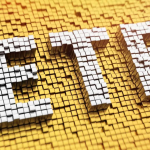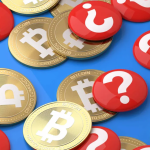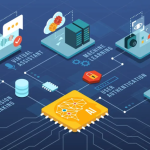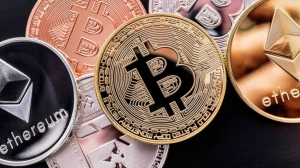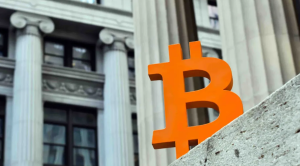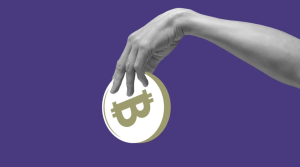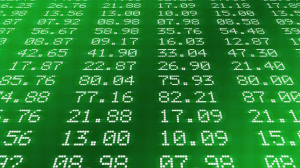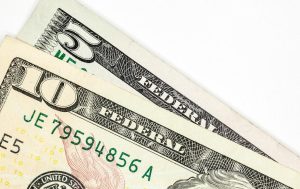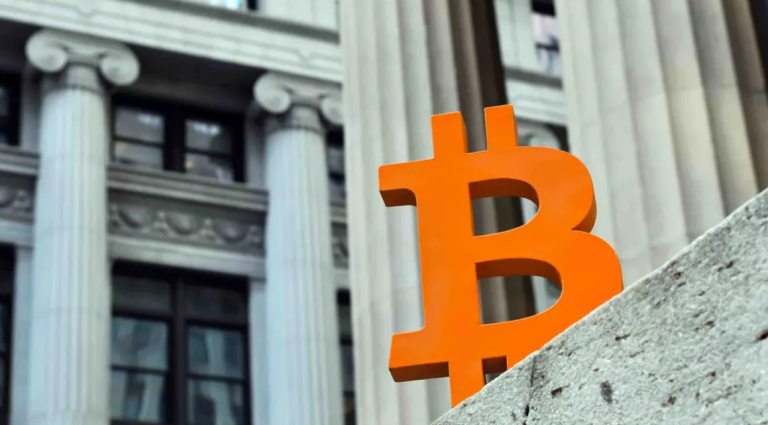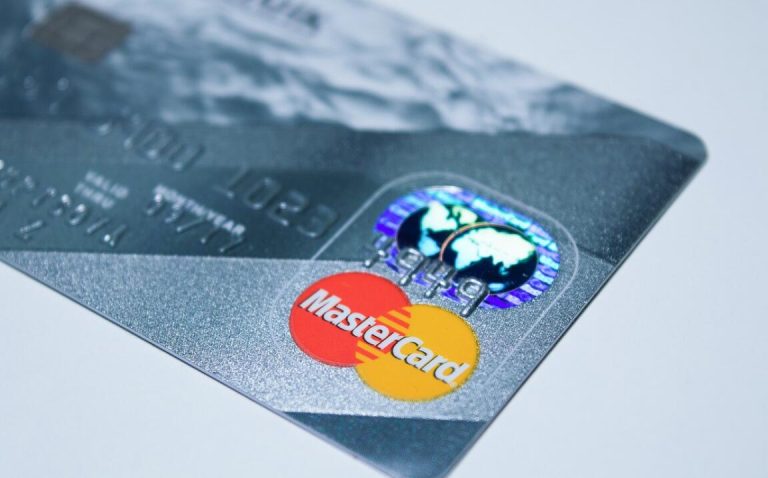In recent years, the world of digital art and collectibles has witnessed a monumental shift. Non-fungible tokens, or NFTs, have taken the mainstream by storm. What are NFTs, and why is everyone talking about them? In this article, we’ll delve into the fascinating world of NFTs and explore the reasons behind their explosive popularity.
- Understanding NFTs: Uniqueness in the Digital World
At its core, an NFT is a digital certificate of authenticity. It’s a unique, one-of-a-kind token that represents ownership of a specific digital asset. While cryptocurrencies like Bitcoin are fungible, meaning one unit is interchangeable with another, NFTs are non-fungible, making each token distinct.
- Digital Art Revolution: Artists and Creators Take Center Stage
NFTs have revolutionized the way digital artists and creators monetize their work. Artists can now sell their digital art directly to collectors, bypassing traditional galleries and intermediaries. This empowers artists to gain more control and revenue from their creations.
- Ownership and Provenance: Transparency in the Digital Age
NFTs use blockchain technology to establish ownership and provenance. This means that every NFT’s transaction history is recorded on an immutable blockchain, ensuring transparency and authenticity. Buyers can verify the origin and history of their digital collectibles.
- Diverse Use Cases: Beyond Digital Art
NFTs extend beyond art. They have found applications in music, gaming, virtual real estate, sports collectibles, and even virtual fashion. Musicians release exclusive albums as NFTs, gamers trade in-game assets, and virtual real estate transactions take place on blockchain platforms.
- NFT Marketplaces: Where the Action Happens
NFTs are bought and sold on online marketplaces. Popular platforms like OpenSea, Rarible, and NBA Top Shot provide access to a wide array of NFTs. These marketplaces facilitate easy trading and have contributed to the NFT frenzy.
- Celebrities and NFTs: Bridging the Gap
Notable celebrities and athletes have embraced NFTs. Stars like Elon Musk, Jack Dorsey, and Snoop Dogg have created and sold NFTs. This endorsement by high-profile figures has brought NFTs to the forefront of popular culture.
- Scarcity and Value: What Drives the Market
The concept of scarcity plays a pivotal role in NFT value. If an NFT is part of a limited edition or associated with a significant event, its desirability and price soar. Collectors are willing to pay top dollar for the bragging rights of owning a rare digital item.
- Speculation and Investment: A New Asset Class
Some view NFTs as a speculative investment. Just like traditional art or real estate, NFTs have created a market where assets can appreciate over time. Buyers aim to secure unique tokens with the expectation of future profits.
- Challenges and Concerns: Sustainability and Copyright
NFTs face challenges related to energy consumption and copyright issues. The energy-intensive process of minting NFTs has raised environmental concerns. Additionally, disputes over digital art copyrights have surfaced, demanding legal resolution.
- The Future of NFTs: What Lies Ahead?
The NFT landscape continues to evolve. Innovations like decentralized storage and scaling solutions are addressing some challenges. As the NFT market matures, it may reshape various industries and offer new opportunities for creators and investors.
NFTs represent a paradigm shift in the way we view and trade digital assets. Their uniqueness, transparency, and broad application across industries have captured the world’s attention. While NFTs have garnered substantial excitement and speculation, they also face important challenges that will shape their future. As discussions around NFTs persist, it’s clear that these digital tokens are not merely a trend but a significant force in the evolving digital age.

